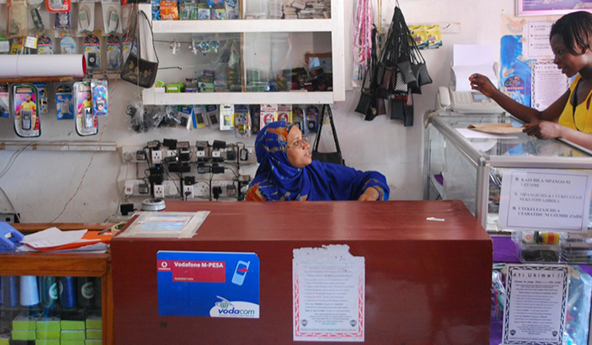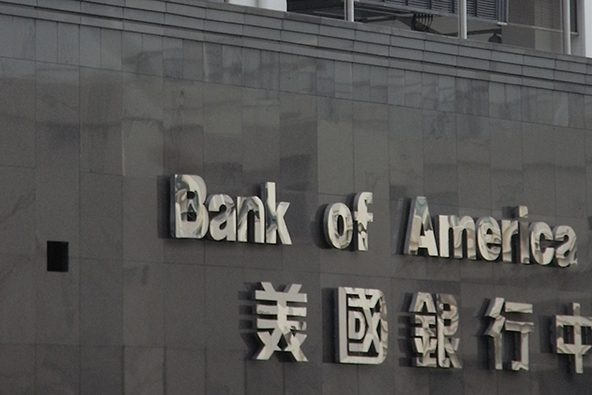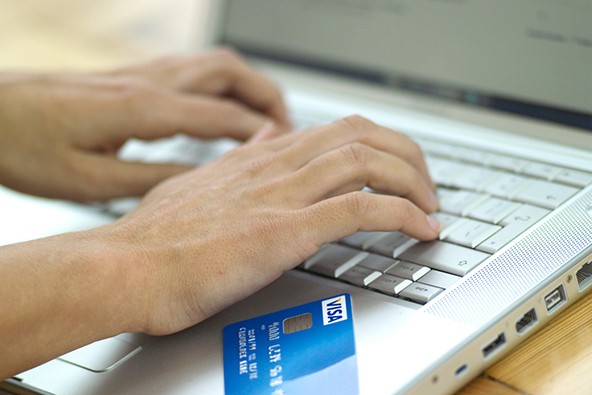How to Complete a Card-Present Transaction
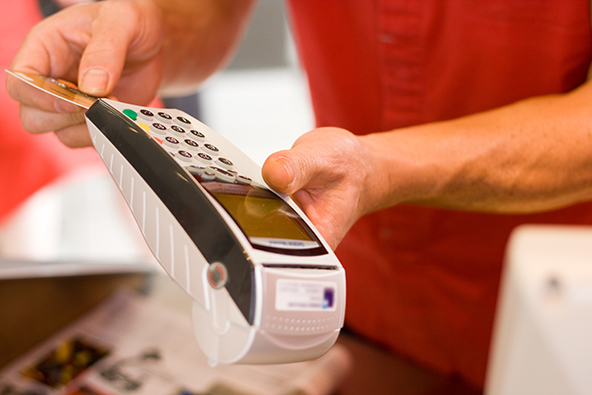
If you have followed our suggestions, by the time you have received an authorization approval for a credit card transaction, you would have examined the card and confirmed that it has not been tampered with and it is valid. So far, so good, but you are not done yet and should not be lowering your guard.
The next step is to have the customer sign the transaction receipt and to compare that signature with the one on the back of the card. You need to make sure that the two match and that your customer is an authorized user of the card, before you complete the transaction. Here is how to do that.
Obtaining and Matching the Signature
When your customer is signing the receipt, he or she should be within your view, and you should carefully compare the signature to the one on the card for any obvious mismatches in spelling or handwriting. “Carefully” does not mean lengthy and it typically takes a trained person a couple of seconds, so you shouldn’t be concerned about having your employees spend too much time comparing signatures and annoying customers in the process. If you train them adequately, there will be no downside.
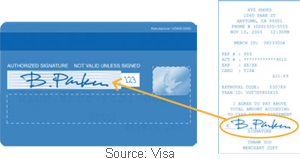 The first initial and the spelling of the surname must be identical. The signatures should not be considered to be matching if, say, the signature panel were signed “Kevin D. Jones” and the?ásales receipt — “Michael Jones” or “R. Jones.” The signature would be acceptable if signed “Kevin D. Jones,” “K. D. Jones” or “Kevin Jones.” The presence or absence of a title such as Mr., Mrs., or Dr. is irrelevant, as far as the validation process is concerned. Be advised that the name on the front of the card and the signature do not need to be the same.
The first initial and the spelling of the surname must be identical. The signatures should not be considered to be matching if, say, the signature panel were signed “Kevin D. Jones” and the?ásales receipt — “Michael Jones” or “R. Jones.” The signature would be acceptable if signed “Kevin D. Jones,” “K. D. Jones” or “Kevin Jones.” The presence or absence of a title such as Mr., Mrs., or Dr. is irrelevant, as far as the validation process is concerned. Be advised that the name on the front of the card and the signature do not need to be the same.
 In addition to the signature, you should also compare the name and last four digits of the account number on the card to those on the sales receipt.
In addition to the signature, you should also compare the name and last four digits of the account number on the card to those on the sales receipt.
If the signatures do not match, you should make a Code 10 call to your processor and follow the instructions of the issuer’s representative, with whom you will eventually speak. Keep in mind that your business will be held liable for fraudulent transactions that are processed with a non-matching signature, even if you followed all other procedures.
What If the Card Is Unsigned?
Unsigned cards are considered invalid and must not be accepted. If a customer presents an unsigned card for payment, you should do the following:
- Ask the customer for a driver’s license or another form of government-issued ID. Check the ID to make sure the customer is an authorized user of the card.
- Ask the customer to sign the card. If the he or she refuses, you should not accept it, but ask for a different form of payment instead.
- Compare the signature to the one on the ID.
If you accept an unsigned card for payment, you will be held liable if the transaction results in a customer dispute or if it turns out to be fraudulent.
What If the Signature Panel Reads “Ask for ID”?
Sometimes you will see the words “See ID” or “Ask for ID” or something similar written in the signature panel of the card. Cardholders who do that believe that, by hiding their signature, they prevent criminals from forging it. Of course most criminals typically rely on the merchant not looking at the back of the card to compare signatures or they may have produced a counterfeit ID with a signature in their own handwriting.
In any event, “See ID,” “Ask for ID” or anything else other than the cardholder’s signature written in the signature panel, renders the card invalid. If that is the case, you should ask your customer to sign the card and follow the above procedures.
The Takeaway
You should never accept cards where the signature is not matching the one on the sales receipt or is missing altogether. If you do that, you leave yourself vulnerable to any financial losses resulting from the potential fraud you may inadvertently be facilitating.
Train everyone manning the registers how to validate signatures and how to make a Code 10 call if there is a mismatch. They should then follow the instructions on how to proceed with the transaction.
Image credit: Wmag-finance.fr.
